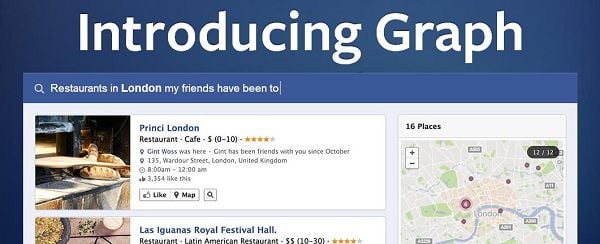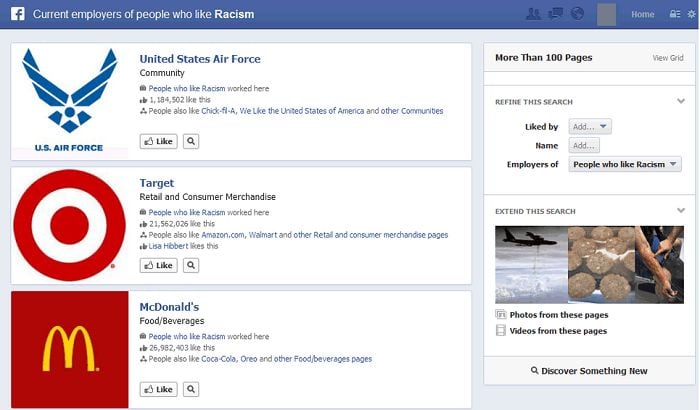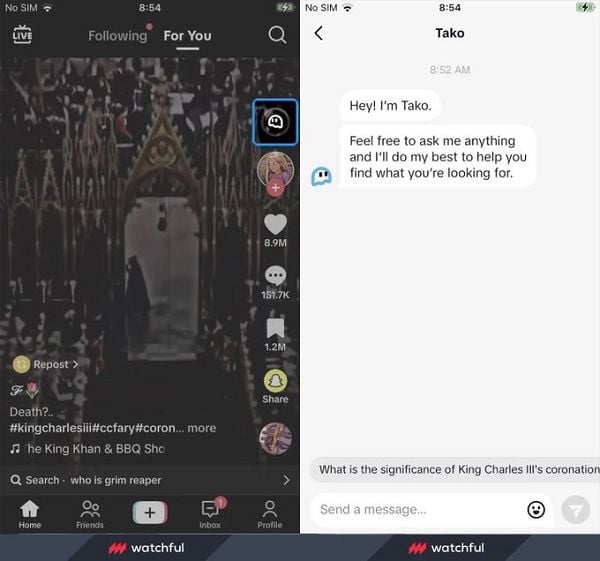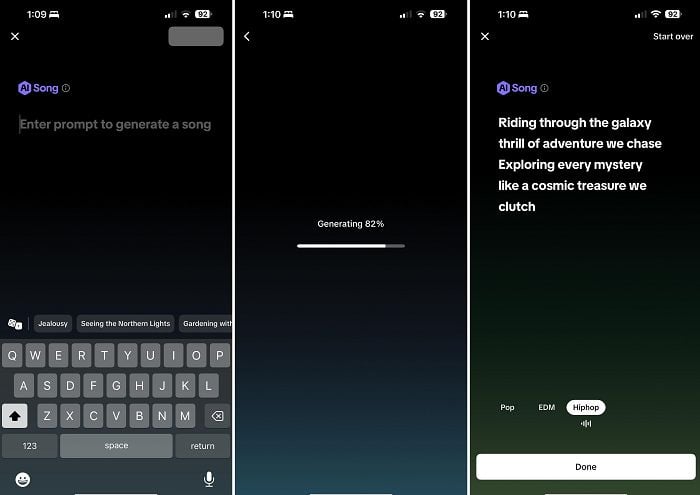Last week, I wrote about how social platforms are seemingly struggling to integrate generative AI, because generative AI processes, like image and text creation, don’t really fit on social platforms which are necessarily defined by human, “social” experiences.
And they most certainly are trying:
- Meta’s looking to integrate AI via celebrity-influenced chatbots, and a new option that will enable you to create your own AI friend in its apps, as well as image generation options on both Facebook and IG.
- LinkedIn’s added AI post generation, along with various other elements related to job posts and ads. And while AI recommendations for marketing make sense, in line with engagement trends, post generation seems almost counter-social, and counter-intuitive for social apps.
- X has added its Grok AI chatbot to the main app UI, and it’s working on a way for connect Grok directly into the composer, so you can share AI-generated text as updates.
- Snapchat has its ‘My AI’ chatbot in user inboxes, while it’s also experimenting with profile image generation and digital pets.
- TikTok also has generative AI profile images, while it’s also experimenting with text-to-video creation, AI music generation, and chatbots for varying purpose.
All of these are interesting options, with varying levels of value and functionality. But at the same time, few of them actually enhance the social engagement experience, and are therefore not really aligned with the core use case of social apps.
Of course, that definition is also changing, as more people turn to social apps for entertainment, as opposed to interacting with friends. But even from that perspective, the value of the current wave of AI tools within social apps is debatable, and it’s hard to see any of these features becoming a core functionality of any of these apps.
Which, really, they kind of have to in order to justify the cost of providing such services. Generative AI is expensive, due to the processing requirements at scale, and while these new features are enabling social apps to ride the AI wave, they’re likely not shifting the needle much for their core business.
The exception would be ads, and as noted, there is clear value in having AI suggestions, training on platform-specific examples, to help improve your promotions.
But for regular users, are these options really going to get you using any of these apps more often?
At the same time, generative AI is the trend of the moment, and every app is concerned that its competitors will eventually come up with a killer use case for it, and supersede their offering.
So what could generative AI really be used for in social apps, and are there ways that these tools could provide utility that’s better aligned with their core use case?
Here are some ways that AI could facilitate more valuable social media purpose.
Graph Search, but AI
One of the greatest forgotten innovations of Facebook past was “Graph Search”, a natural language based Facebook search engine that helped you find out more about people and trends in the app.

As you can see in this example, Graph Search was specifically designed to make it easier to uncover relevant info in the app, without needing to understand Boolean search strings in order to get to such insights.
Indeed, that’s pretty much how Facebook pitched it back in 2013:
“Graph Search and web search are very different. Web search is designed to take a set of keywords (for example: “hip hop”) and provide the best possible results that match those keywords. With Graph Search you combine phrases (for example: “my friends in New York who like Jay-Z”) to get that set of people, places, photos or other content that’s been shared on Facebook. We believe they have very different uses.”
Graph Search was super handy for finding interest correlations and insights, but it also uncovered some data points that Facebook didn’t feel totally comfortable with.

Given the broader push on data privacy, especially following the Cambridge Analytica scandal, Facebook eventually removed the option. But really, Graph Search sounds very much like ChatGPT, in facilitating more advanced discovery in a conversational way, which could provide a new avenue for the same insight.
TikTok’s actually already exploring this, via its Tako chatbot experiment, as well as generative AI search in the Chinese version of the app.

This more advanced search function provides matches from within TikTok, as well as across the broader web, providing more specific insights and matches for queries, while also keeping the user in-app.
Facebook could look to do the same, using publicly displayed Facebook profile info to provide better search capacity in the app.
For example, you could ask it things like:
- What’s the biggest trending news story across Facebook today?
- What news story are my friends engaging with most in the app?
- Which restaurants have my friends given a good rating to in [city]?
- Which of my former school classmates am I not connected to as yet?
These are all fairly common Facebook use cases, but you have to dig around a bit to find out this info. Graph Search solved this to a large degree, and a customized AI chatbot could take that even further, enabling natural language search that would improve user engagement.
Source content reference
One of the key issues in social media usage is the distribution of misinformation, which can reach far more people through social post sharing.
Platforms have tried to counter this, by adding in fact-checking tools, or empowering users to highlight concerns about the validity of claims. But an AI fact-checking tool could also come in handy, not as a fact-checker in itself, but as an immediate reference tool to double-check questionable claims.
The process would involve a button on all posts which you could tap to raise questions about any claims presented in the post text.
Let’s say, for example, there’s a post saying “climate change is not real”. You could tap on the AI button to search for evidence on the web to immediately check if that claim is correct.
If a post announced that “[random celebrity] has died”, you would have an immediate option to clarify, without having to open a new window, while you could also ask follow up questions of the bot to cover any other concerns you may have.
It’s a less sexy use of AI, but it could be a handy accompaniment, which could reduce the distribution of misinformation through immediate fact-checking in-stream.
Bot or not?
In a similar vein, an AI button could be added to all user profiles which would provide an overview of the likelihood that a user is being followed by bots, and how much of their audience is likely not real.
There are some risks in this, as bot detection tools aren’t always accurate. But all social apps already employ bot detectors to weed out spam, and they could apply that learning to this option, which would then give people an easy way to check if a user, or business, is legit.
You tap the button, the AI system checks the data of the profile’s followers, then returns a likelihood percentage about their validity, or maybe it could provide a broader overview, including key indicators and notes, which explain why any members of their audience seem like non-human entities.
Internal bot detection tools are far more accurate in this respect, and if this is done in a way that provides transparency over the base logic, it could be a good way to limit engagement with scammy operators in social apps.
Music and video creation
AI image generation is a novelty for most users, and text generation reduces the human element. You could argue that music and video generation are also along the same lines, though both have potential to drive interesting new use cases, which could arguably be more impactful than these initial uses.
Though it does lead to the same problem, in reducing the human element in social apps.
I guess it depends on where you’re looking for growth. Do social apps still see social interaction as a core use case, or does engagement alone now drive more of their decisions?
Either way, both of these options will be coming soon. Meta, TikTok, and YouTube (via parent company Google) are all developing text-to-video options, while TikTok has just launched its new AI music generation option.

Again, I would have concerns that these are mostly novelty features, which won’t hold most people’s attention for long, and any machine-created content could detract from the focus on actual human connection.
But there does seem to be expanded potential in these features to enable broader creation, which could fuel new trends in apps. So even if it does run counter to the “social” aspect, they could still help to drive more engagement.
No matter how you look at it, generative AI is transforming user behavior, and it’s inevitably going to play a bigger part in social apps, whether that’s through basic novelty or utility.
The longer-term vision is that generative AI will facilitate far grander digital creation, like speaking VR worlds into existence. That could be a very valuable use case for the next generation of users, but even now, people are getting more used to posing conversational queries, which AI bots are increasingly able to understand, interpret, and respond to.
Finding a value for that, while still facilitating actual human connection, isn’t as straightforward as it seems, and that’s where the real trick now lies for social apps.
Can they find use cases for generative AI that enhance person-to-person connection, as opposed to diluting such via human-like bot outputs?
I would argue that many of the initial experiments fall into the latter category, which could ultimately erode interest in social platforms due to increasingly robotic interactions.



